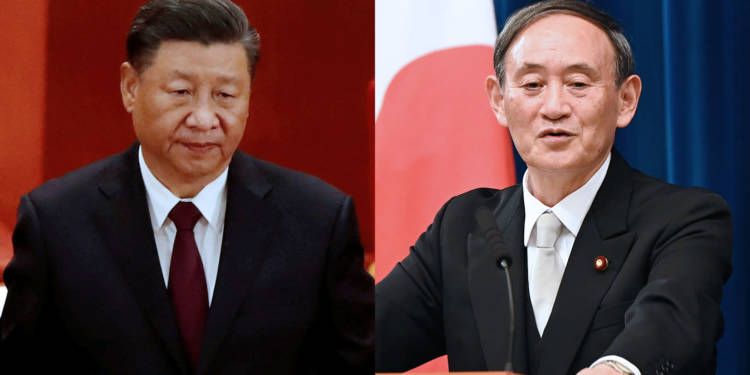China’s ambitious ‘Make in China’ program seems to be going nowhere as high-tech industrial machinery is being exported from Japan at record high levels. The demand for high-tech equipment has been rising since June and it perfectly captures the significant technology gap between China and Japan as Beijing continues to rely on Japanese companies for high-tech industrial equipment.
China introduced the “dual circulation” policy a few months ago with a great deal of fanfare in the region. Under this policy, China’s policymakers decided to shift the dynamics of the Chinese economy from export-driven to domestic demand-driven. But for the dual circulation to actually work, China needs to produce goods that could be on par with the high-tech industrial imports from Japan.
According to Goldman Sachs, the shipment figures of Japan’s machinery sector are expected to reach record highs. Since June, orders placed by Chinese companies for Japanese machine tools have increased and have picked up speed; the same for the general segment of the market. It is expected that sales of factory automation equipment will surpass previous peaks.
Read More: The case of Shandong: China cannot make one aircraft carrier right
Though China has had doubtlessly made significant progress on reducing the technological gap, even now when it comes to, for example, articulated robots in the plastics industry, it is still dependent on foreign manufacturers and accounts for over 60% of sales in China according to the analysts at CLSA Ltd.
Another major factor for this heavy import from Japan is the obvious technology gap.
According to analysts from HSBC Holdings Plc, more than 75 per cent of reducers, a form of gear, have been imported from Japanese companies like Nabtesco Corp. and Harmonic Drive Systems Inc. Such components account for more than a third of the cost of industrial robots manufactured in China, compared to 12% for one manufactured in Japan. This makes it hard for China to be competitive in terms of cost. To catch up, Chinese businesses will have to rely on acquisitions from the Japanese.
Chinese manufacturers of all kinds of machinery and equipment were nudging out traditionally top-end Japanese companies, which warned of China’s weakening demand and confusion around it. Beijing had doubled down on a push to increase high-end production, shifting away from the mass market, low-margin products which had been churned out over the last few decades, this marked a turnaround from the last two years of Chinese rivals taking market share.
But as it turned out, it wasn’t just the competition that was creating the pressure. In 2018, the Ministry of Commerce launched a one-year anti-dumping investigation into the main equipment manufacturing facilities for cars and other more advanced processes of Japanese and Taiwanese exporters of vertical machine centres.
Read More: How Suga’s $700 billion stimulus package will make China poor again
It was a case of playing spoilsport at the time, as the numbers did not warrant the investigation, nor did the price effect. Orders for machinery were already slowing, as were shipments for bearings, a proxy for the industry. In 2019, citing the complexities, the government extended the case. It was decided by April 2020 that all was fair after all and that no duties would be levied on imported vertical machining centres from Japan or Taiwan.
This means that the trend and demand are there to stay for Japan’s machinery giants. Chinese volumes will lead manufacturers in the sector to expand business and valuations.
Japan’s Fanuc Corp. has announced that sales in China increased 29 per cent over the first nine months of 2020, with yellow robots made by pepper mills manufacturing goods for companies such as Apple Inc.
The Tankan market survey shows that conditions for manufacturers are steadily up-and-coming amid an apparently deep COVID-19 economic slush in Japan. The sub-index of TOPIX machinery is up 30% since June; the wider stock market has only increased by 17%. Companies would possibly spend more in China to capitalise on China’s inward movement.
While China has been ‘trying’ to catch up, its ascent as a major industrial equipment producer will certainly not be happening anytime soon. Xi Jinping’s plans to make a ‘self-reliant’ China has wholly turned out to be ‘majorly dependent’ on Japan and its technology. Thus it is safe to assume that just like everything that had gone wrong for Xi Jinping in his foreign policies, his domestic programs did not fare well either.
